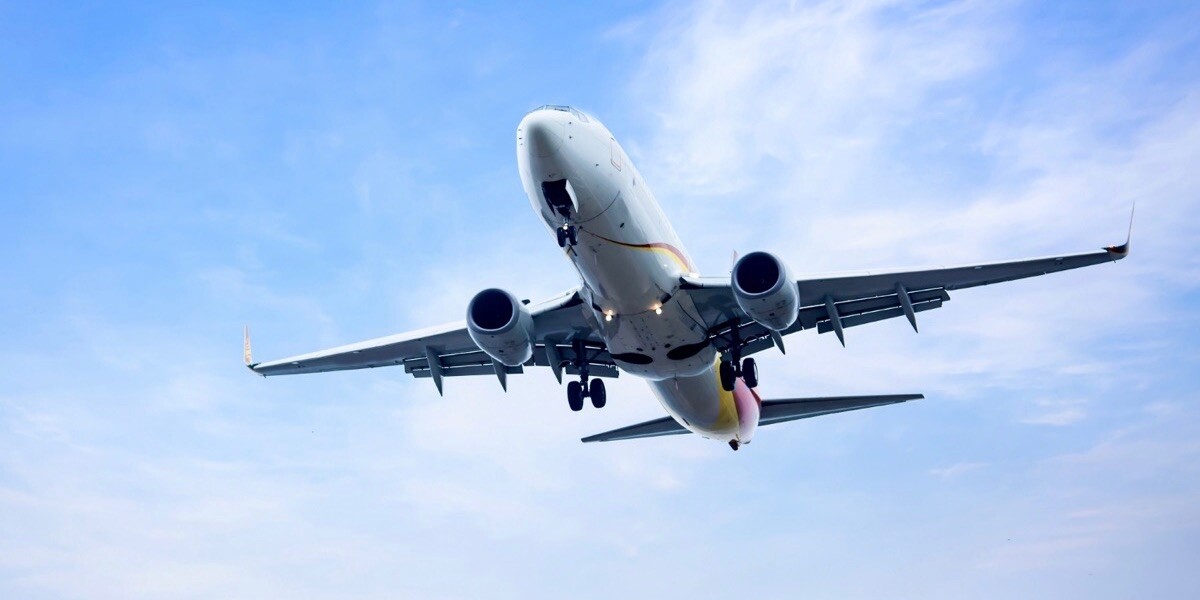
The Fight to Relax In-Flight Gadget Rules
The familiar “power down your gadgets” refrain accompanying air travel could fall by the wayside with new FAA policies, but the debate over safety will likely continue.
Actor Alec Baldwin was both cheered and jeered last holiday travel season when he ignored rules to turn off his tablet during an American Airlines takeoff, but regardless how you feel about the incident, it continues to rear its head in the debate over gadget interference with pilot instruments on planes.
FAA’s New Consideration
On August 31, the Federal Aviation Administration started the clock on a 60-day time frame to reconsider its policy about mobile devices on airplanes. Since that announcement, the new iPhone 5 debuted with treats for travelers, and a Wall Street Journal survey found many passengers are tricking the current prohibitions anyway, leading many to push for relaxed rules on the issue.
What’s Happening
The FAA is requesting public comment on its policy of prohibiting the use of personal electronics during takeoffs and landings. It dates back to 1991, following anecdotal reports from pilots and flight crews that electronic devices affected an airliner’s navigation equipment or disrupted communication between the cockpit and the ground.
Since then, the federal airline agency has been unable to conclude mobile devices definitely disrupt flight operations, stating the devices’ radio signals “may” interfere. However, the original policy has remained mostly intact. Under current regulations, the use of electronic devices is generally prohibited until the pilot determines smartphones, e-readers, tablets and other items won’t interfere with the plane’s communications systems.
Local Enforcement Efforts
And, to discourage passengers from “pulling a Baldwin,” the Port Authority, which oversees airlines in New York and New Jersey, announced plans this spring to fine passengers who refuse to turn off electronics. The agency said it may also litigate against gadget enthusiasts who delay flights to discourage the practice, and reduce economic costs and passenger inconvenience resulting from the delays.
Local officials may not have enough power to enforce fines and court orders since the FAA and FBI have final jurisdiction over airplane regulations, but the announcement indicates the increasing frustrated and gadget-toting traveling public isn’t in harmony with existing policies.
What’s Really Happening
The Wall Street Journal conducted an online survey of 492 American adults who have flown in the past year, and found 40 percent said they did not turn their phones off completely during takeoff and landing on their most recent flight. More than 7 percent reported leaving their phones on with the Wi-Fi and cellular communications functions active.
The small sampling, when extrapolated out the wider population, suggests that if personal electronics are really as dangerous as the FAA rules suggest, navigation and communication would be disrupted every day on domestic flights, since there could be multiple violators on almost every flight. Evidence suggests that isn’t the case.
Technological Advances
And the number is also likely to increase, thanks to daily improvements and new mobile device features that entice the traveling public. For example, Apple’s iPhone 5 boasts a new Passbook feature, a sort of digital wallet that aims to be a one-stop shop for storing ticket and pass information, including airline boarding passes. Three airlines — Delta, American, and Virgin Australia — have committed to supporting Passbook, which will display mobile boarding passes and alert you to flight changes and terminal information on your iPhone’s locked screen so you don’t have to use an airline-specific app or sort through e-mails.
What’s Next
The FAA said a working group, to be made up of government, industry and consumer representatives, will explore an array of safety factors on the use of the devices and the potential for interference with critical radio frequencies in use by the flight crew to decide if the current rules are too restrictive.
“With so many different types of devices available, we recognize that this is an issue of consumer interest,” Transportation Secretary Ray LaHood said. “Safety is our highest priority, and we must set appropriate standards as we help the industry consider when passengers can use the latest technologies safely during a flight.”
The Transportation Secretary’s mention of consumer interest hints that officials understand the ubiquity and value of devices for reading, shopping, working and could relax the current regulations, which Jot Carpenter, vice president of government affairs for wireless trade group CTIA, called “antiquated.”
“It strikes me as silly that I can read a book at take-off, but if the book has been downloaded to an e-reader or tablet, then I have to wait until we’ve reached 10,000 feet or some arbitrary cut-off determined by the government or the airlines,” Carpenter wrote in a blog post responding to the FAA’s announcement. “Reading is reading and it shouldn’t make a difference whether I bought a book or newspaper at Hudson News or downloaded the same content while waiting to board my flight.”
The Takeaway
With growing numbers of airports installing technology and pilots using tablets in the cockpit, many think it is about time to expand the policy of passengers using gadgets during flight.
Innovations in both the tech and airline industries make it simpler and easier to use gadgets to streamline traveling. Both the industry and passengers have a vital interest in ensuring the safety of flying, but without hard data connecting device use to safety, the policies are confusing to the general public.
The Transportation Department’s working group is convening this fall, with plans to dissolve after six months when it presents its recommendations to the FAA. The working group may well conclude that some restrictions need to stay in place, or they could decide in favor of those who believe the restrictions are arbitrary or show general uncertainty surrounding the issue. Either way, the growing innovation and use of the devices — and their adoption by the flying public — will put immense pressure on the agency’s evidence to justify its recommendations.

